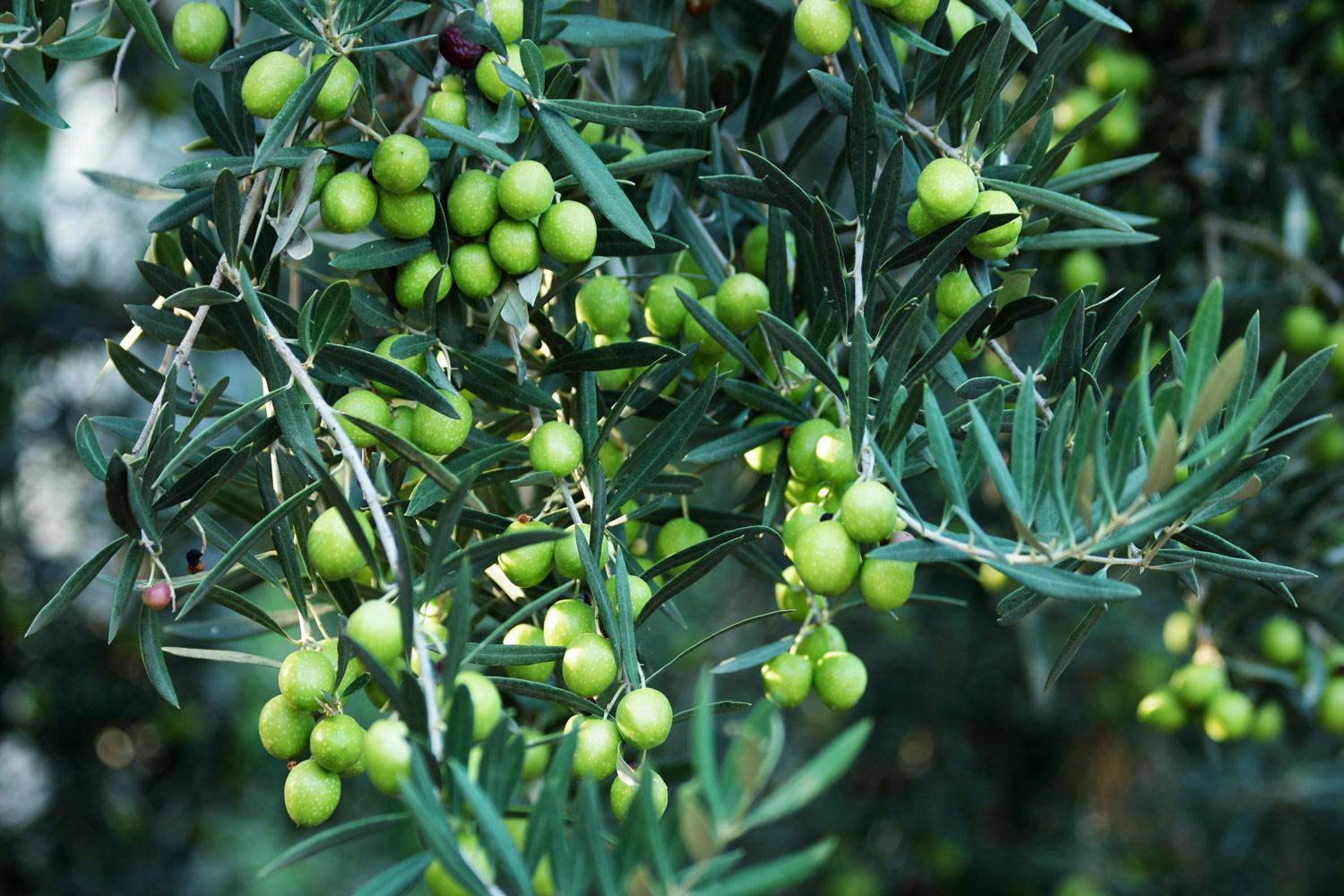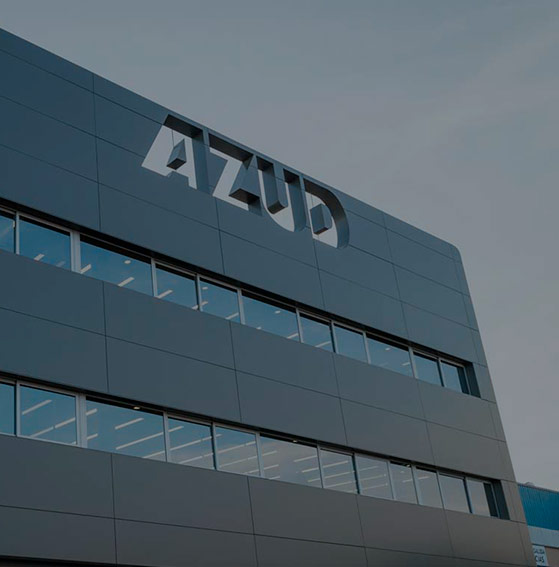

The olive tree is one of the oldest traditional crops in the Mediterranean regions. The oil obtained from its fruits has been used for centuries as food and as raw material for lighting and medicinal products.
The current situation of the olive grove is exceptional due to its high demand and high profitability, thanks to the successful food campaign highlighting its therapeutic and nutritional properties. It has an encouraging future and a growing cultivation area. Spain and Italy are the world’s leading producers, followed by Greece, Turkey and Tunisia.
For its development it needs only a few hours of cold and many hours of heat (3-4 months between budding and flowering and 6-7 months between flowering and harvesting). The most serious meteorological agents are dry winds and high temperatures during flowering, resulting in widespread ovarian abortion, which lowers production.
It is resistant to chalky soils, although there are varietal differences (the Hojiblanca variety resists very well). It is very tolerant to salinity. It is a light-hungry plant, so a deficiency of light reduces flower formation or makes flowers non-viable, due to insufficient assimilates in the leaf axil.
Traditionally, unjustifiably wide planting frames have been used; the average planting density used to be 72 trees per hectare, although nowadays 312 trees per hectare are being recommended, reaching up to 400 in irrigated systems. On unirrigated land, the number of trees per hectare must not exceed 300. The planting frames are rectangular 7 x 5 or 6 x 4.
Yields increase with irrigation, as it becomes necessary below 800 mm of rainfall, the most suitable system being localised drip irrigation at a rate of 1800-1900 litres per tree per year, spread over the months of April, May, June, July, August and September at a rate of 100 litres per day/tree.
Another possibly more effective alternative is to concentrate irrigation in the hottest months, which would be 70 litres per day/tree in April, 90 in May, 110 in June, 130 in July, 110 in August, and 90 litres in September.

Emitter pipe selection: A wide range of products to ensure the right choice of emitter pipe. The combination of emitter model, unit flow rate and spacing between them not only guarantees the supply of the planned allocations in the irrigation strategy, but also ensures a large volume of moist soil available for root development in both localised surface irrigation and SDI.
Digital Farming: Together with the appropriate selection of the emitter pipe, the use of AZUD QGROW equipment for the precise management of water and nutrient inputs, with the information coming from soil, plant and climate sensors allows:
Good root system development in the early stages of the crop and proper irrigation practice after crop production begins.
Management of irrigation aimed at avoiding high soil moisture contents to which the olive tree is highly sensitive.
Guaranteeing the water and nutrient inputs that allow, under the existing soil and climatic conditions, an optimum compromise between harvest quantity, yield (percentage of oil contained in the olives) and quality of the oil produced.
Performing specific irrigation practices autonomously conditioned by the type of irrigation (localised surface irrigation or Subsurface Drip Irrigation) and in situations of reduced water availability (back-up irrigation, Controlled Deficit Irrigation, …).
